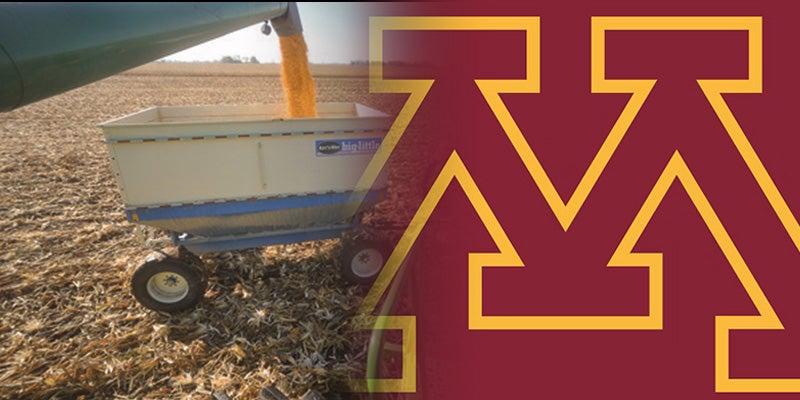Expanding drought conditions stressing crops in parts of Minnesota
Published 8:30 am Thursday, June 22, 2023
|
Getting your Trinity Audio player ready...
|
The dry spell, coupled with unusually warm weather this early in the summer, has raised concerns about a poor season for crops in some areas of Minnesota — if weather patterns don’t change.
Last week’s U.S. Drought Monitor update listed more than three-quarters of Minnesota as abormally dry, with nearly 19 percent in formal drought status. Northwestern and central parts of the state are currently seeing some of the driest conditions.
A new U.S. Drought Monitor update will be issued Thursday morning.
University of Minnesota Extension educator David Nicolai, who’s in central Minnesota, said it’s been difficult to track the drought statewide because scattered storms have brought heavy rain to some communities — and missed others entirely.
“A lot of people, even in the Twin Cities, experience — you know, it would rain like on the south side of the Cities, but not on the north side. The same thing happened across the state of Minnesota in terms of crops,” Nicolai said. “We don’t have a consistent, ‘the whole state of Minnesota is gonna get an inch and a half of rain.’ And that’s been a problem.”
In parts of northwest Minnesota, farmers are already seeing numerous negative effects of drought on their crops, said Angie Peltier, a U of M Extension educator in that region. She said plants in some corn fields have begun to roll up and look like “sharp, spiky pineapple leaves” to conserve water. Some soybean leaves are turning over for the same reason.
Since April 1, she said, rainfall in the area has been 2 to 4 inches below normal. And as of May 1, they’ve seen maximum temperatures 6 to 9 degrees higher than normal, Peltier said.
Heat speeds up the growth process for some crops, Peltier said. Soybeans are two weeks ahead of their growth at this point last year. But with inconsistent and uneven moisture in soil, crops emerging now — when resources are scarce — may reduce yield overall.
“Later-emerging plants are not as able to compete with their larger neighbors for limited soil, moisture, nutrients, sunlight — and even space,” Peltier said. “And those late emergers will tend to act as a weed: They won’t contribute much to crop yield, while using up limited resources.”
Peltier expects if conditions stay dry, insects will move into crop fields due to a decline in the quality of their usual food sources, reducing yield further and increasing use of insecticides on crops.
However, Nicolai said there’s still time to avoid the worst impacts of drought, particularly on corn crops. Corn needs the most water during its peak growing season, which is mid-July to mid-August, he said.
“Our crop is OK now, but if this would persist like to the middle of July, the middle of August, it becomes very, very serious because that’s the high-demand part,” he said. “Our crop can recover yet, if we get rainfall.”




